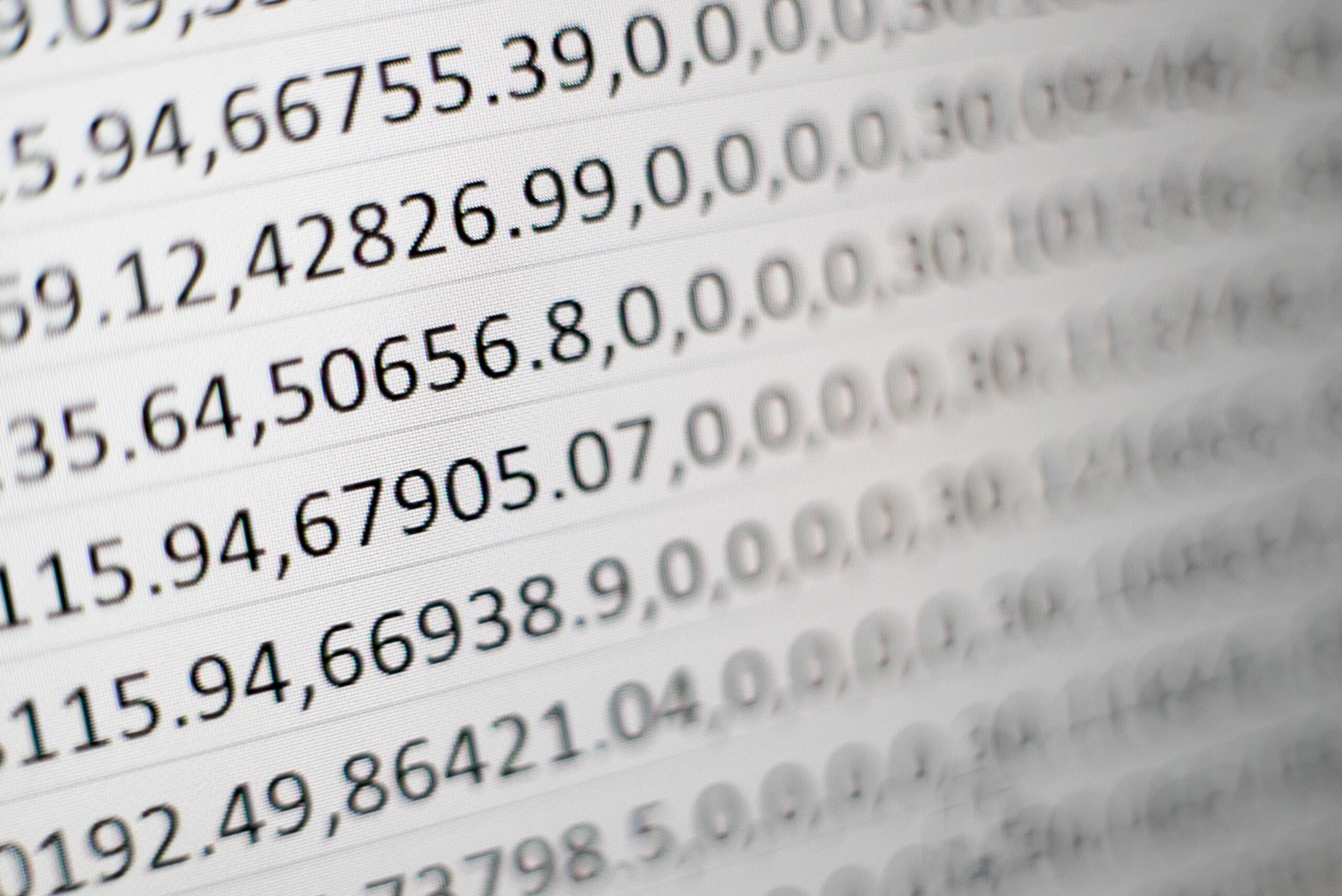
Understanding the Digital Data Landscape
In our interconnected digital ecosystem, data represents the most valuable currency. Websites contain treasure troves of structured information embedded within tables, waiting to be transformed into actionable insights. Web scraping emerges as the critical skill bridging raw online content and meaningful analytical resources.
The Evolution of Web Data Extraction
Web scraping has dramatically transformed from rudimentary screen-scraping techniques to sophisticated, intelligent data extraction methodologies. What once required complex programming knowledge now offers accessible solutions for professionals across diverse domains.
Technical Foundations of Web Table Extraction
Decoding HTML Table Structures
Every web table represents a complex architectural system of rows, columns, and nested elements. Understanding HTML‘s underlying structure becomes paramount in developing effective extraction strategies. Modern web scraping transcends simple data retrieval, requiring nuanced comprehension of document object models and dynamic rendering techniques.
HTML Table Anatomy
Web tables typically consist of:
- Table headers (\<thead>)
- Table body (\<tbody>)
- Individual rows (\<tr>)
- Specific data cells (\<td>)
Understanding these structural components enables precise, targeted data extraction approaches.
Comprehensive Extraction Methodologies
Programming Language Approaches
Python: The Data Extraction Powerhouse
Python has emerged as the premier language for web scraping, offering robust libraries and extensive community support. Libraries like BeautifulSoup, Pandas, and Scrapy provide comprehensive toolsets for handling complex extraction scenarios.
Example Extraction Script:
import pandas as pd
import requests
def extract_web_table(url):
try:
tables = pd.read_html(url)
return tables[0] # Select first table
except Exception as e:
print(f"Extraction Error: {e}")
return NoneR Language: Statistical Data Processing
R provides specialized web scraping capabilities through the [rvest] package, offering powerful data manipulation and statistical analysis features.
No-Code Extraction Platforms
Platforms like Octoparse democratize web scraping, enabling non-technical professionals to extract data through intuitive interfaces. These tools eliminate complex coding requirements, making data extraction accessible to broader audiences.
Advanced Extraction Techniques
Handling Dynamic Web Content
Modern websites increasingly utilize JavaScript frameworks like React and Angular, rendering content dynamically. Traditional scraping methods often fail against such complex architectures.
Recommended Solutions:
- Selenium WebDriver for browser automation
- Headless Chrome implementations
- Puppeteer for JavaScript-rendered content
Proxy Management and IP Rotation
Sophisticated web scraping requires intelligent IP rotation strategies to prevent blocking and maintain extraction continuity. Professional scrapers implement:
- Residential proxy networks
- Cloud-based proxy services
- Intelligent request throttling mechanisms
Ethical and Legal Considerations
Navigating Regulatory Landscapes
Web scraping exists in a complex legal environment. Professionals must consider:
- Terms of service compliance
- Data protection regulations
- Intellectual property considerations
- Explicit website permissions
Best Practices:
- Respect robots.txt guidelines
- Implement rate limiting
- Obtain necessary authorizations
- Maintain transparent data collection practices
Performance Optimization Strategies
Scalable Extraction Infrastructure
Developing robust web scraping systems requires comprehensive architectural considerations:
- Distributed computing frameworks
- Asynchronous processing models
- Efficient caching mechanisms
- Error resilience protocols
Emerging Technological Trends
Artificial Intelligence in Web Scraping
Machine learning algorithms are revolutionizing data extraction:
- Automated site structure recognition
- Intelligent data mapping
- Predictive extraction capabilities
- Self-adapting scraping models
Practical Implementation Guide
Step-by-Step Extraction Process
- Identify Target Website
- Analyze HTML Structure
- Select Appropriate Extraction Method
- Implement Extraction Script
- Clean and Transform Data
- Validate Extraction Results
Conclusion: Empowering Data Strategy
Web table scraping represents a sophisticated intersection of technology, strategy, and information management. By mastering diverse extraction techniques, professionals can transform raw web data into strategic organizational assets.
Recommended Learning Path
- Master fundamental web technologies
- Learn programming basics
- Practice ethical scraping techniques
- Stay updated with emerging methodologies
Essential Tools and Resources
- BeautifulSoup
- Scrapy
- Selenium WebDriver
- Octoparse
- Pandas
- [rvest] Package
By embracing these comprehensive strategies, you‘ll unlock the transformative potential of web data extraction, turning digital information into actionable insights.










